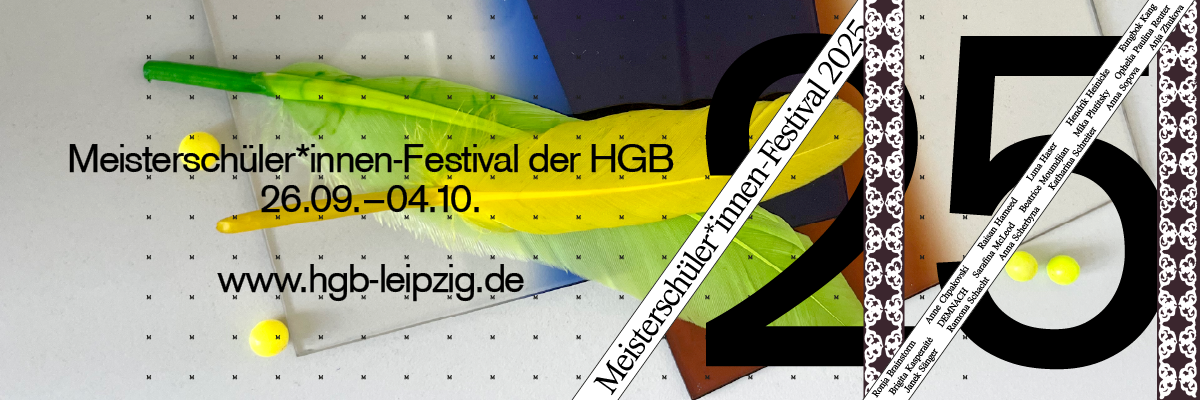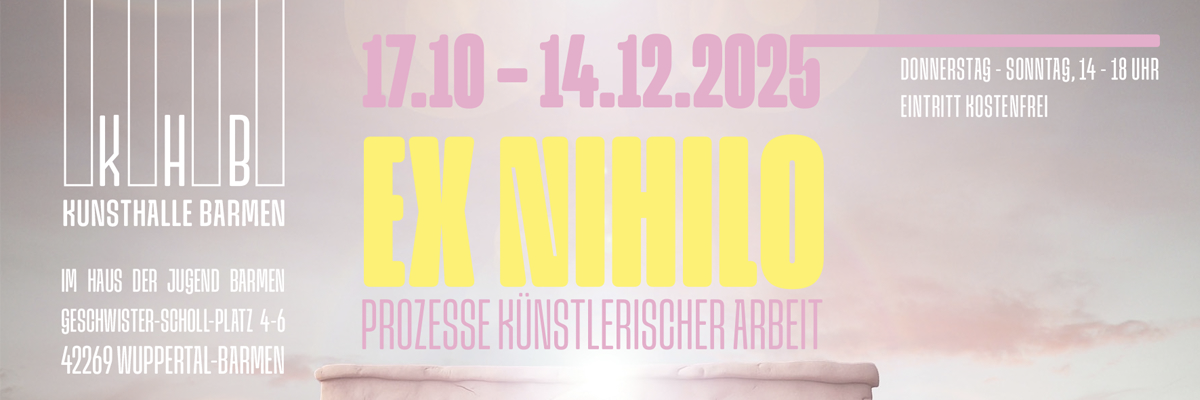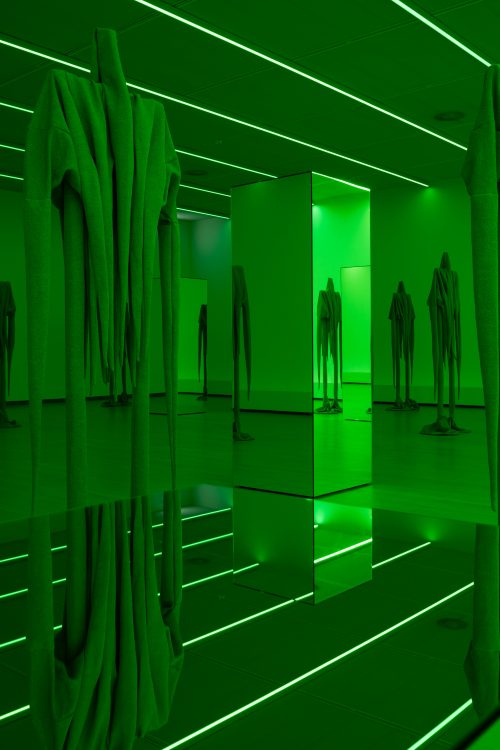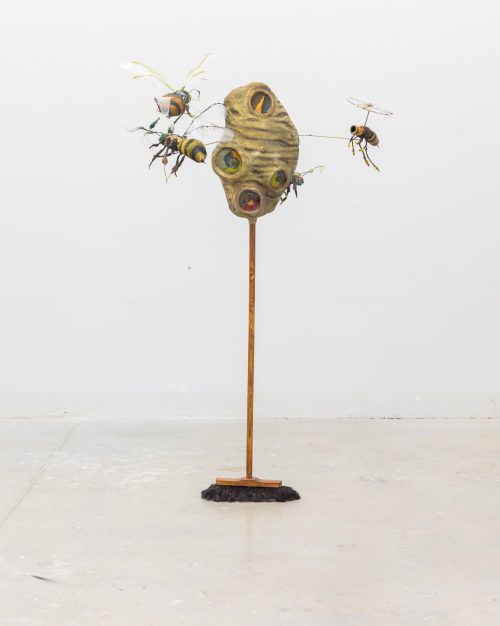
Kyveli Zoi, Nikolas Ventourakis, Natalia Manta, Zoi Pirini, Alexandra Rose Howland , Irini Miga, Victor Le Guennec, Panagiotis Kefalas, Katarzyna Wojtczak, Mark Geffriaud and Yoshi Kametani
The Ember's Song
Project Info
- 💙 MISC
- 💚 Florent Frizet, Sylvia Sachini
- 🖤 Kyveli Zoi, Nikolas Ventourakis, Natalia Manta, Zoi Pirini, Alexandra Rose Howland , Irini Miga, Victor Le Guennec, Panagiotis Kefalas, Katarzyna Wojtczak, Mark Geffriaud and Yoshi Kametani
- 💜 Florent Frizet and Sylvia Sachini
- 💛 Thanassis Gatos
Share on
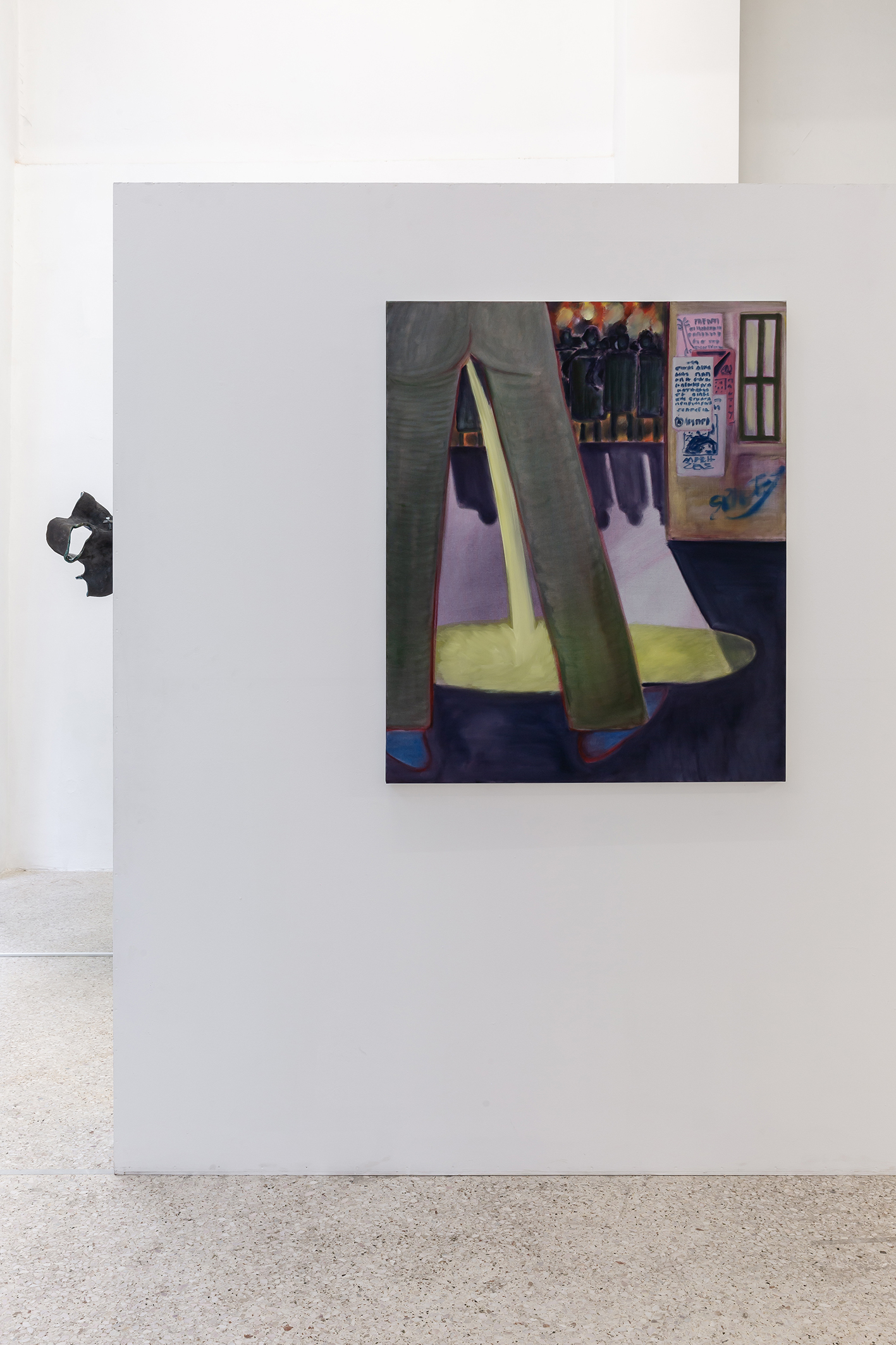
Advertisement
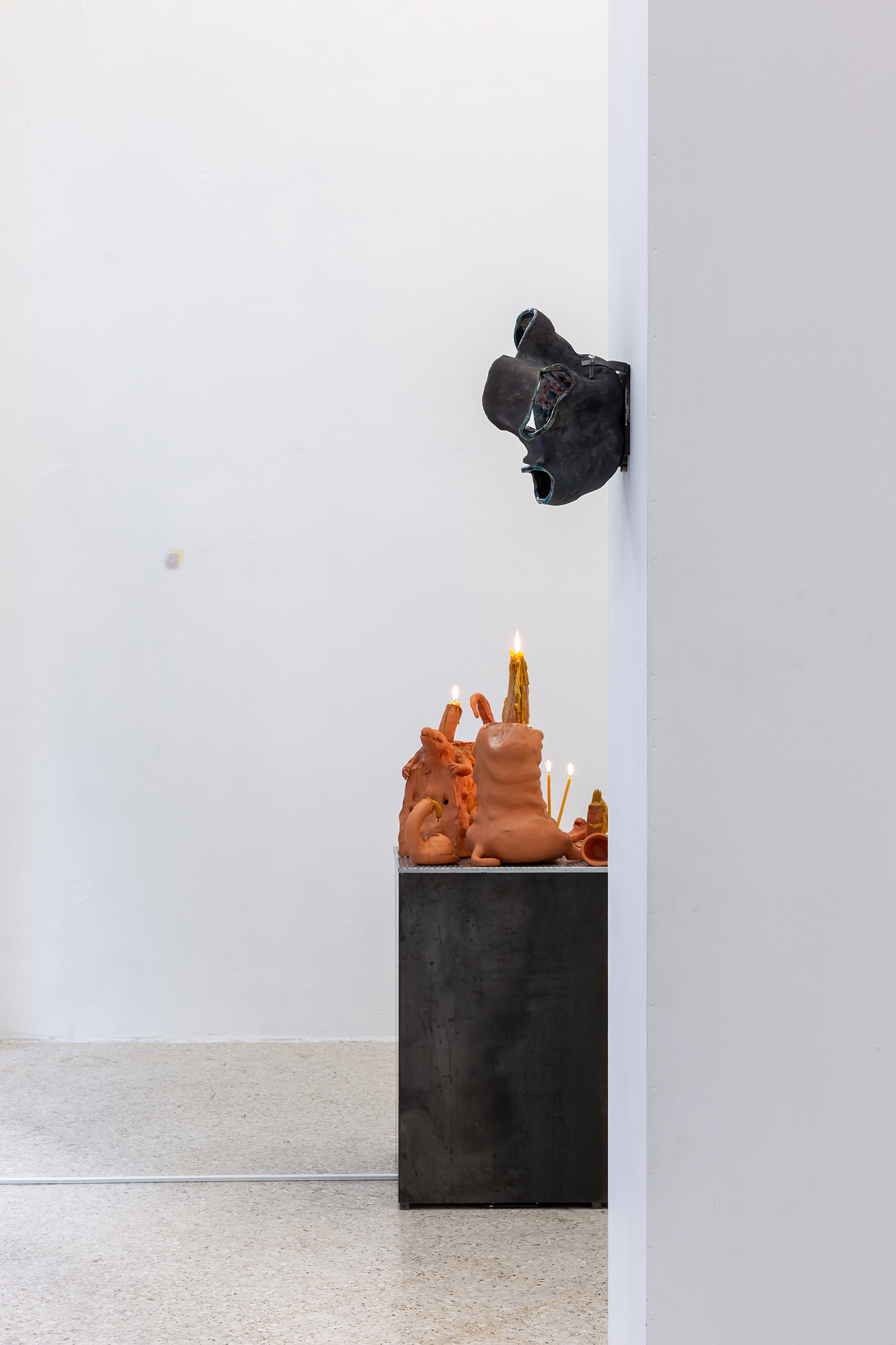
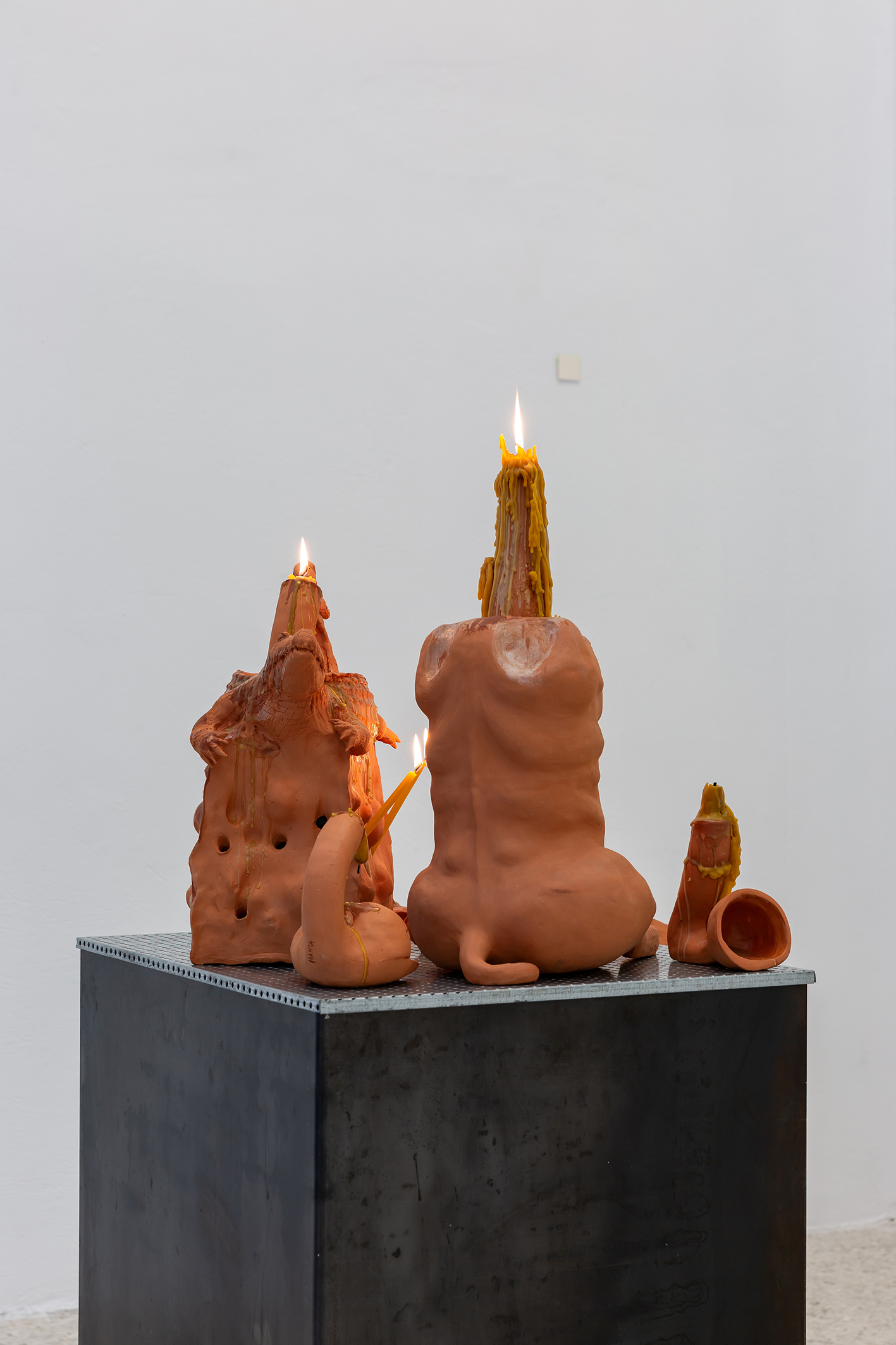
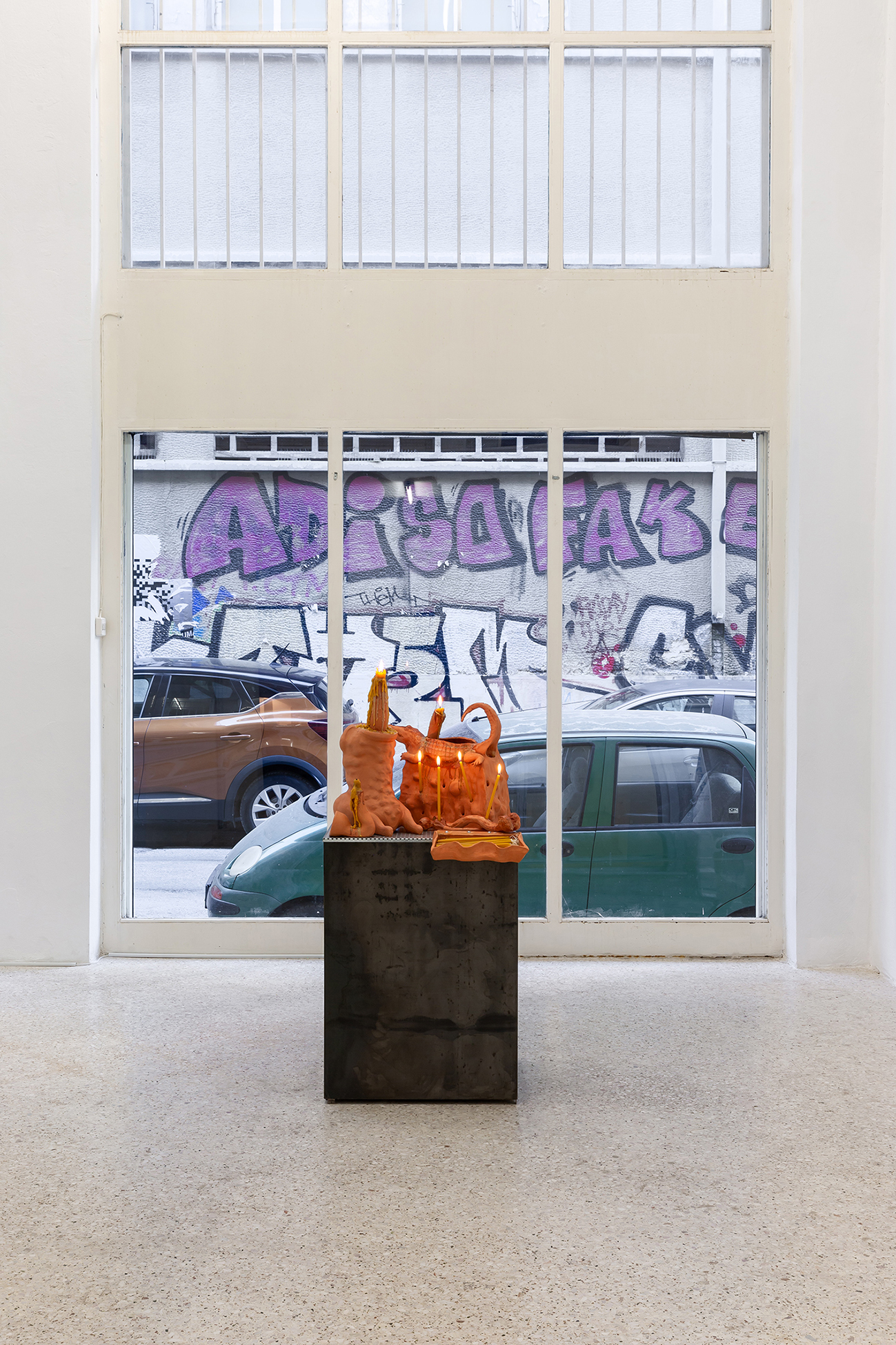
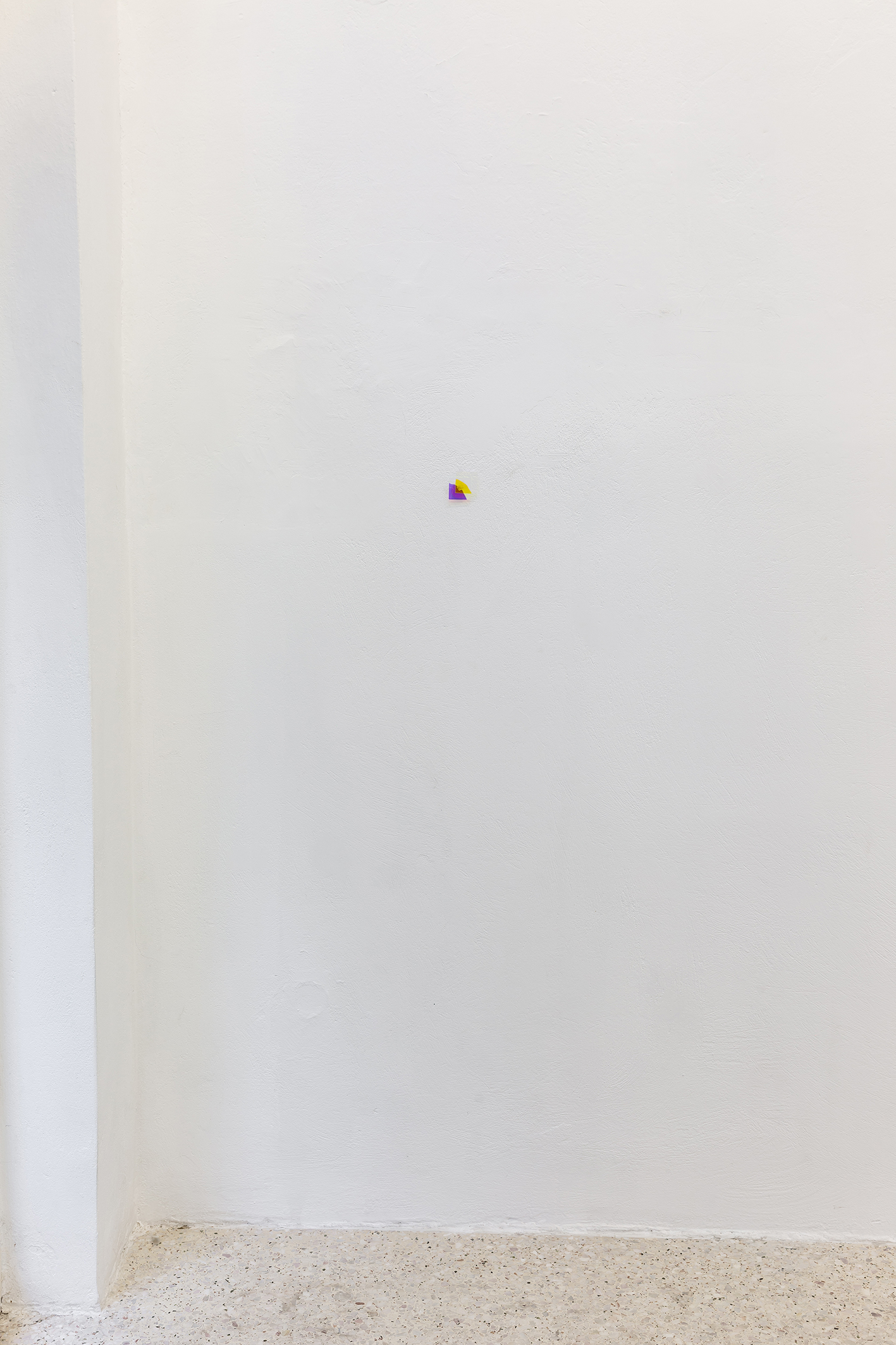
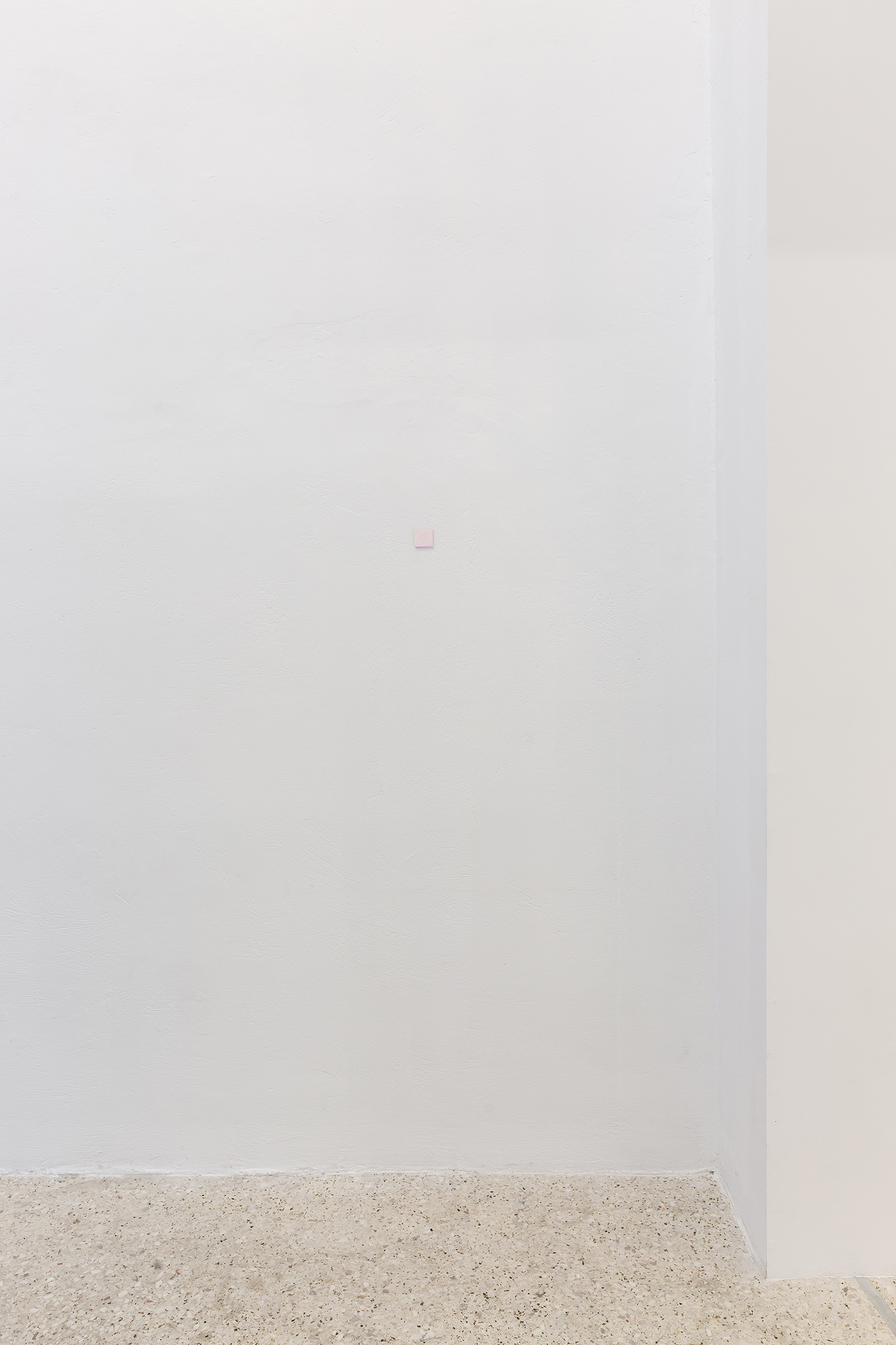
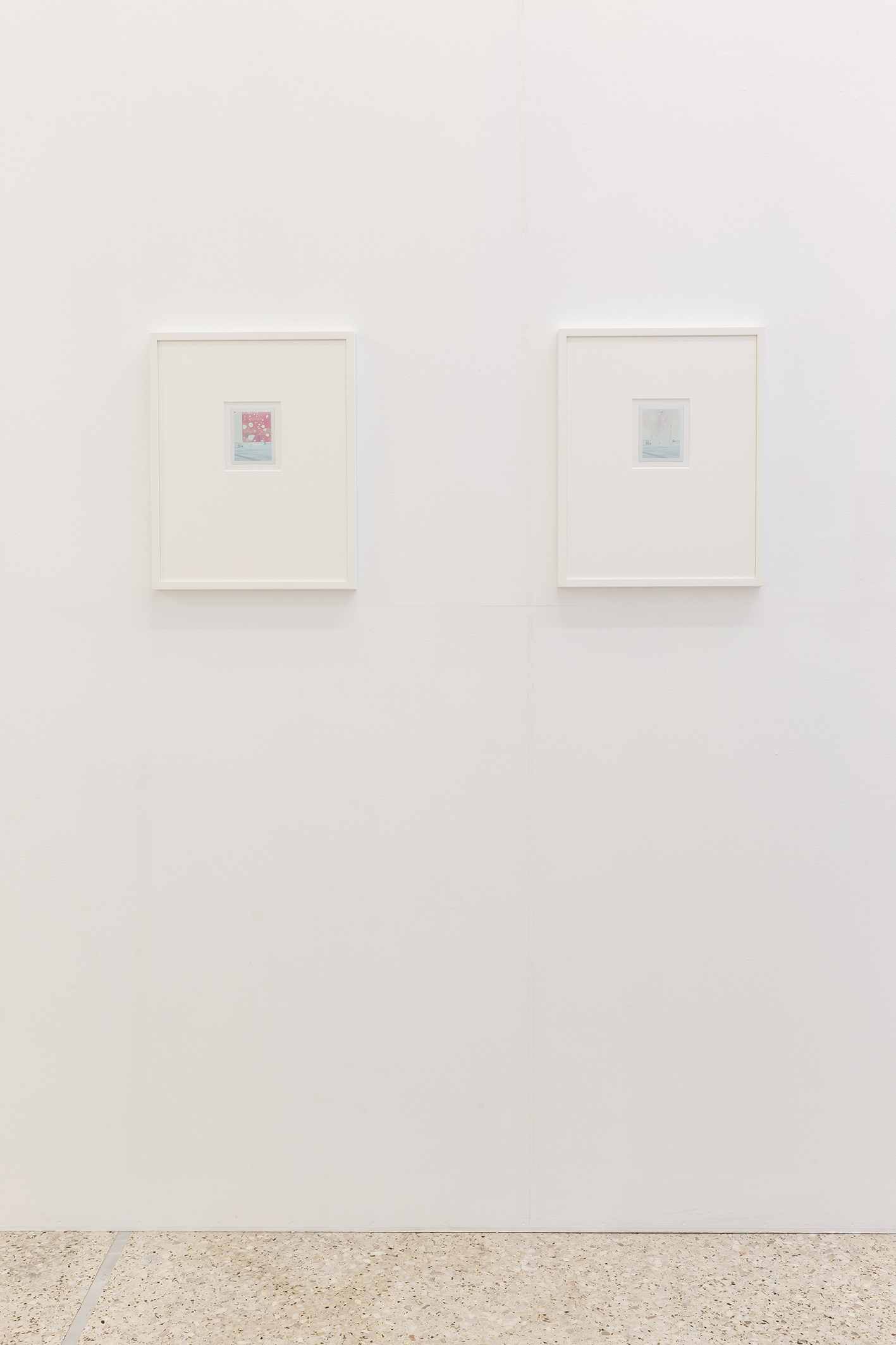
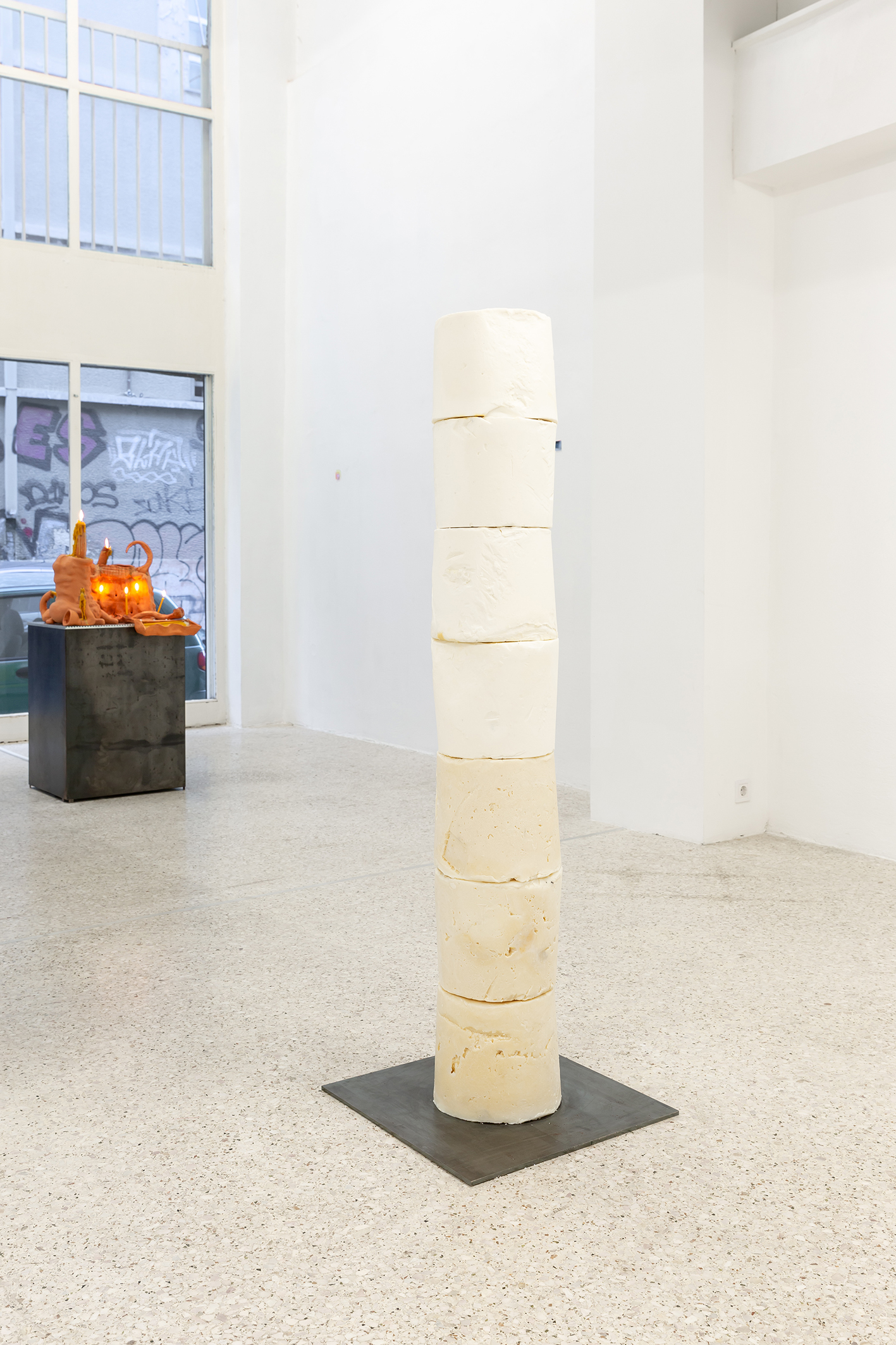
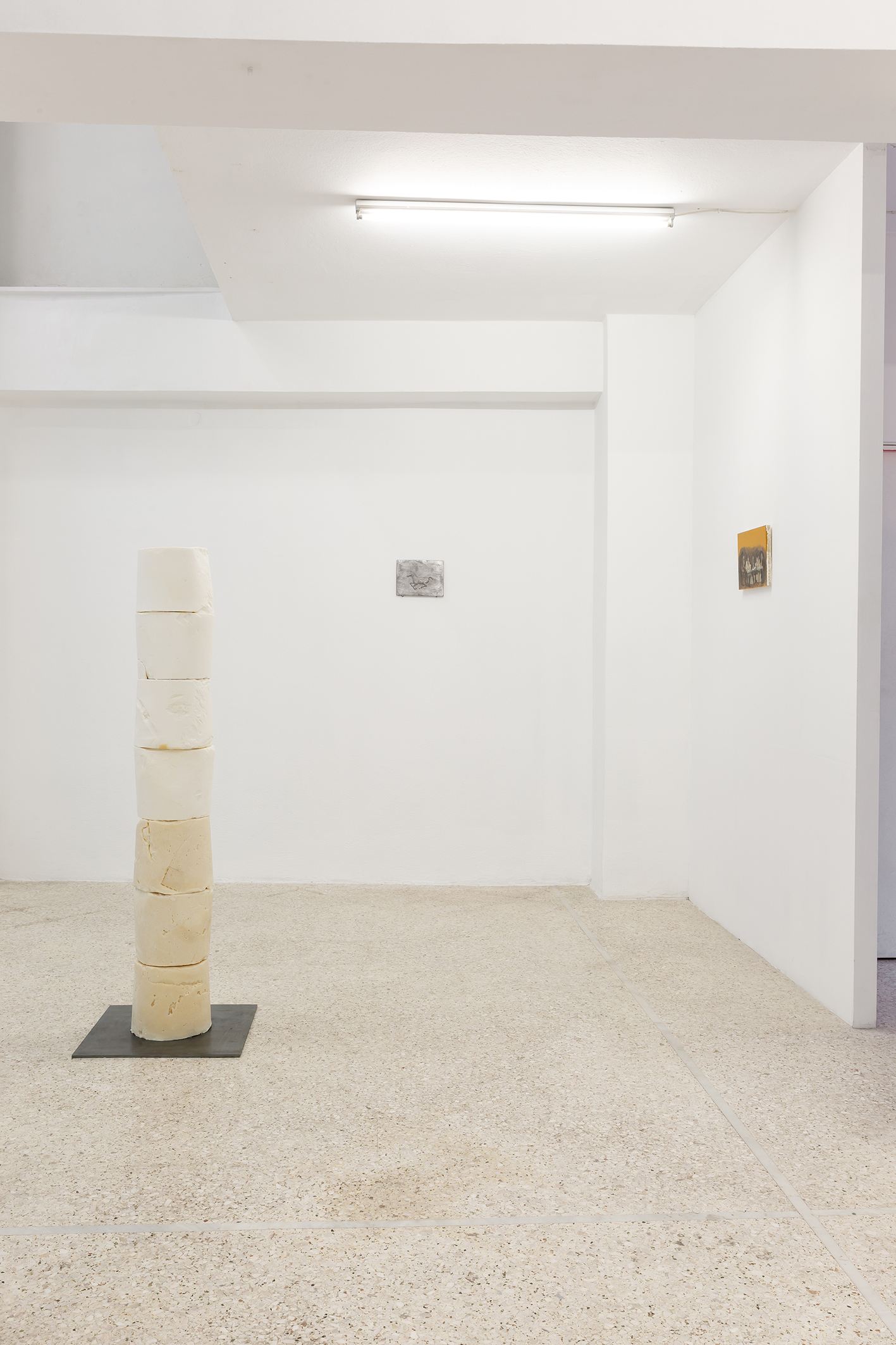
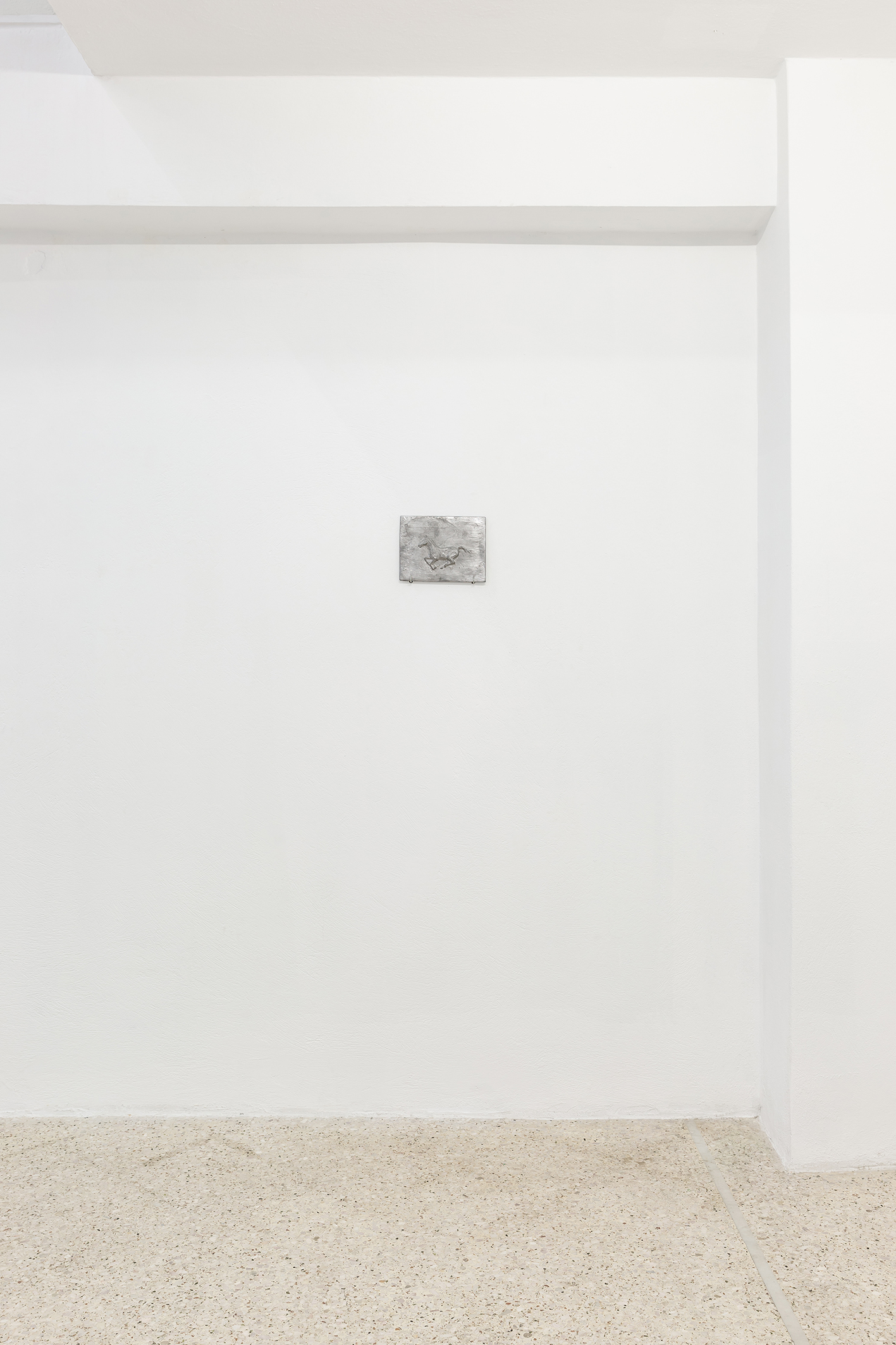
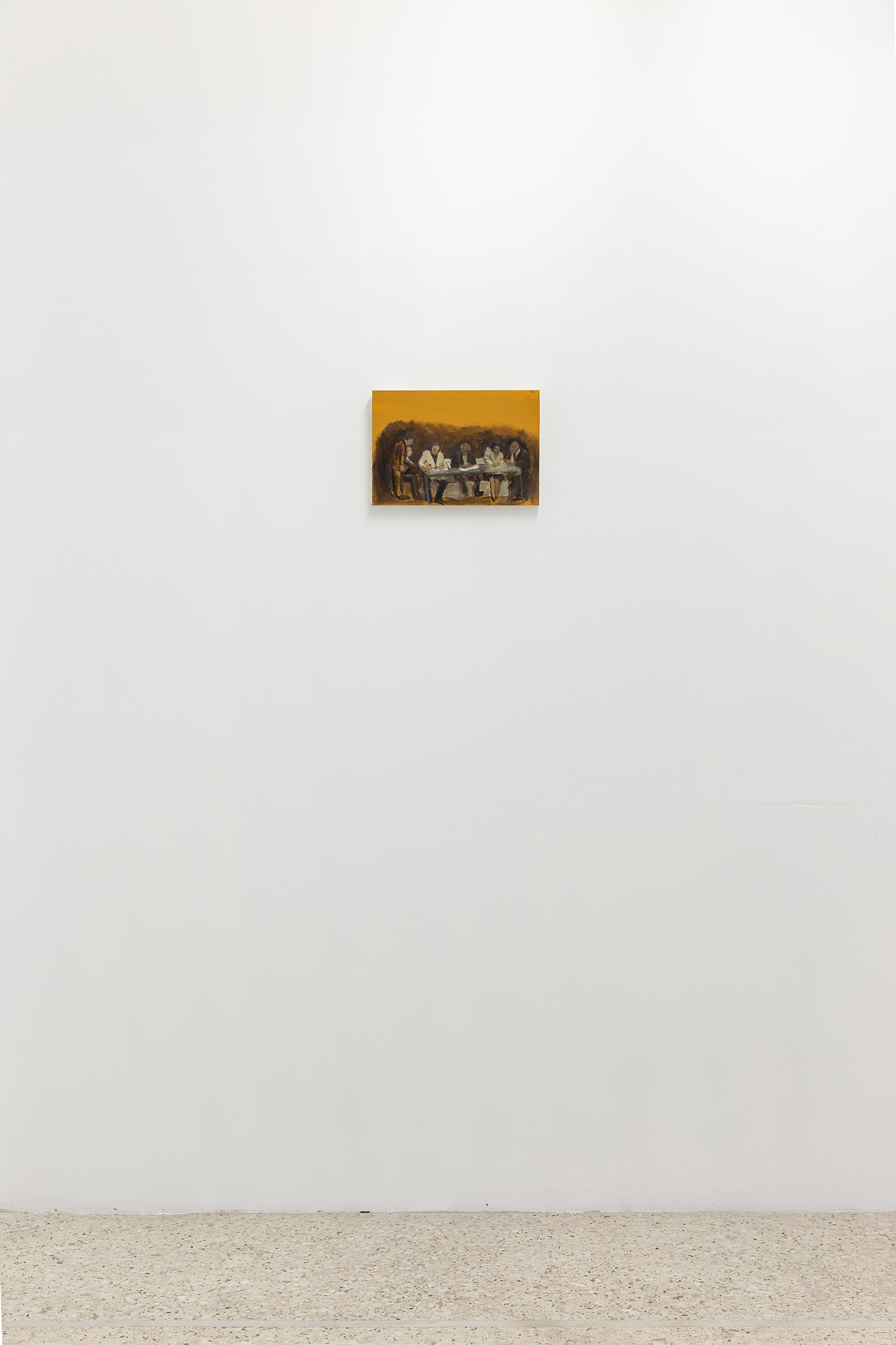
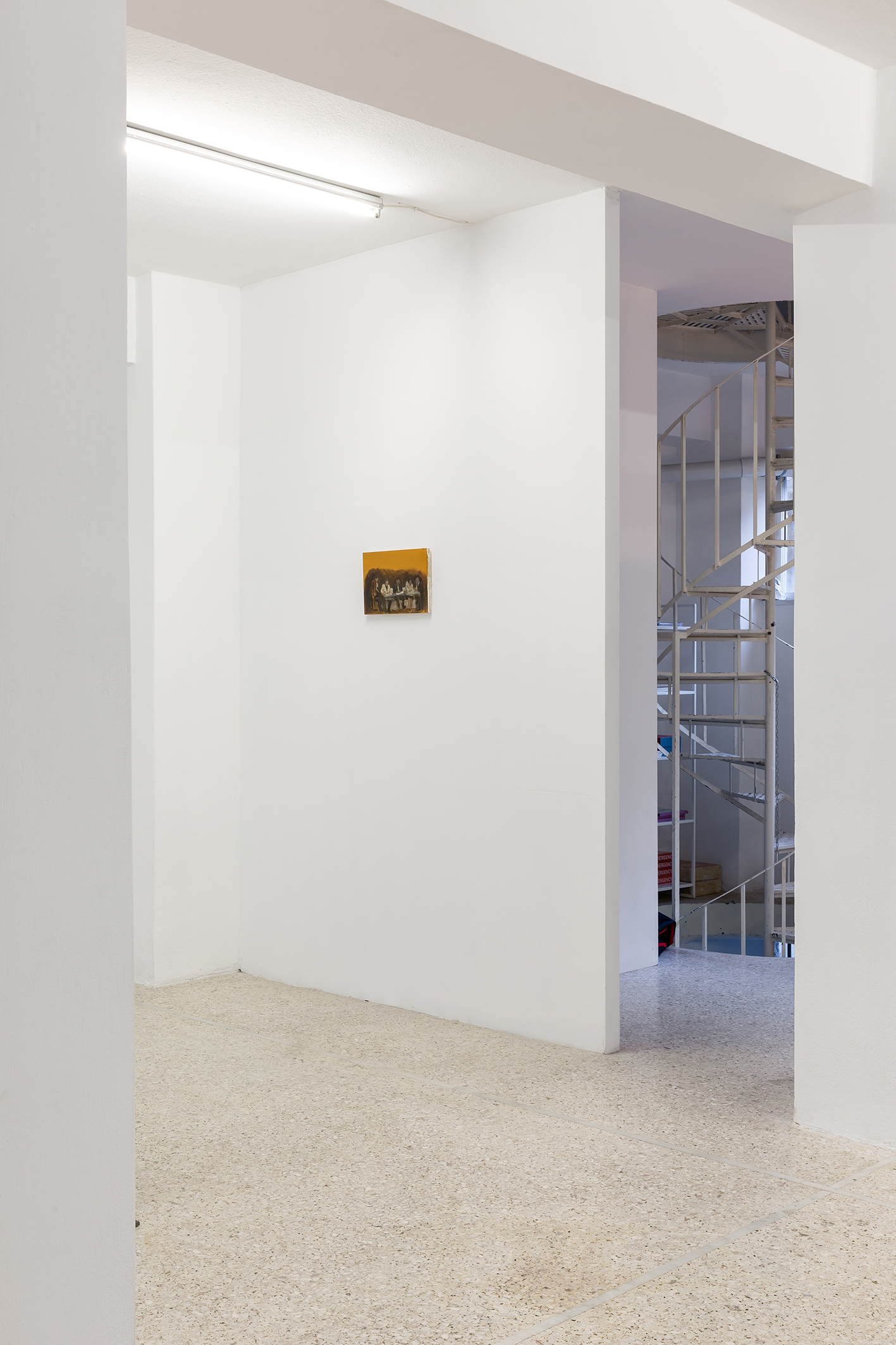
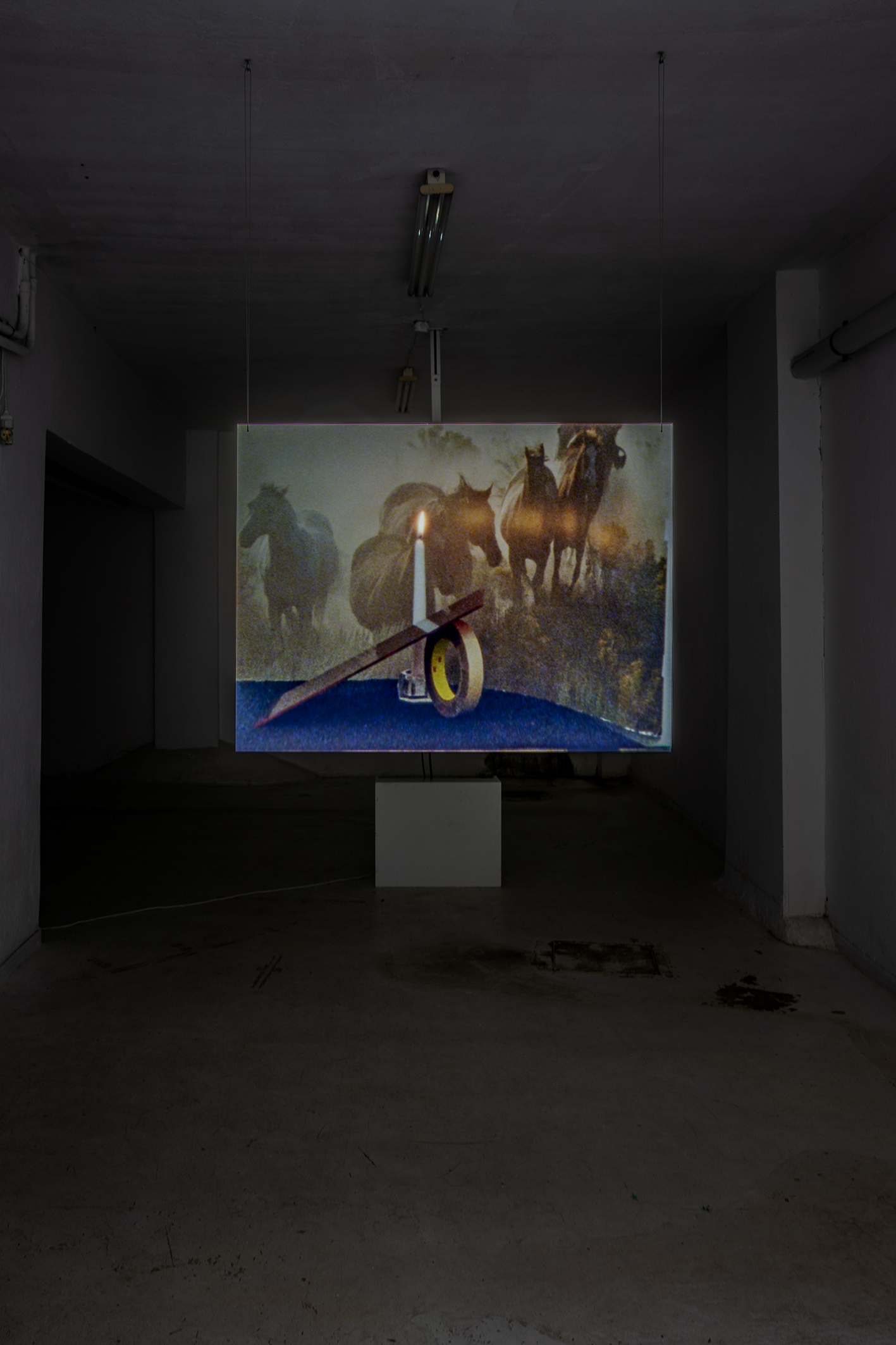
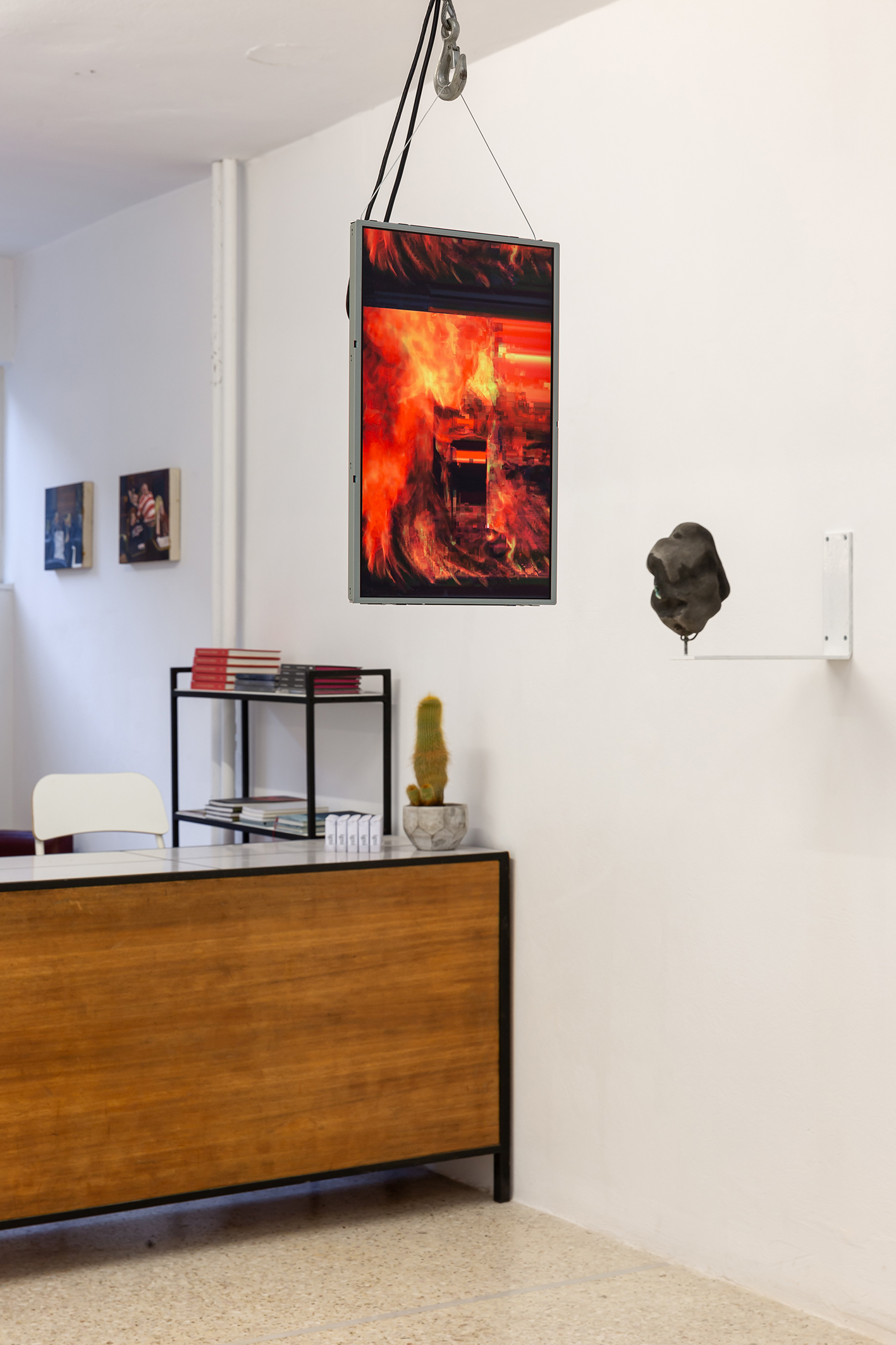
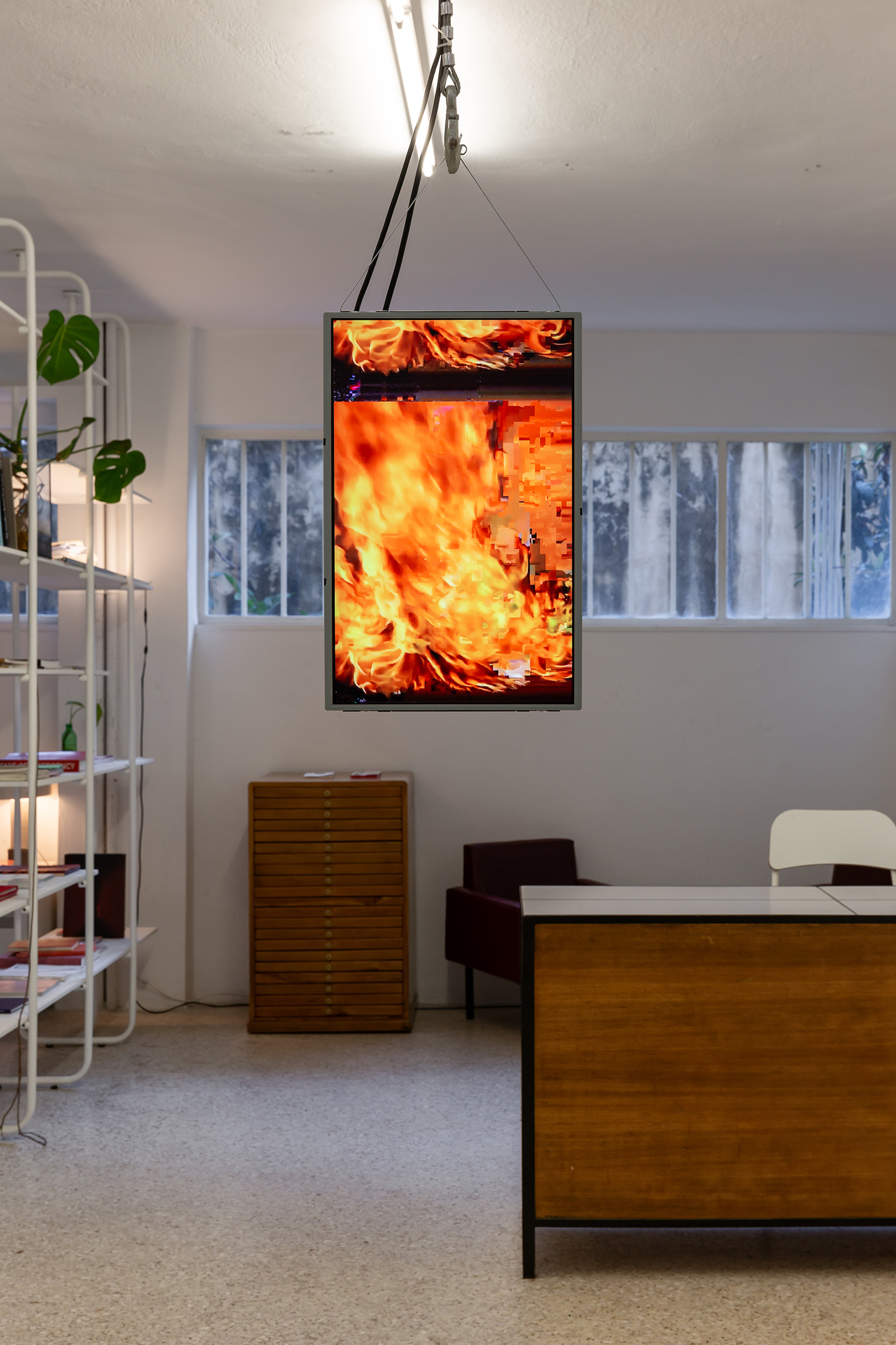
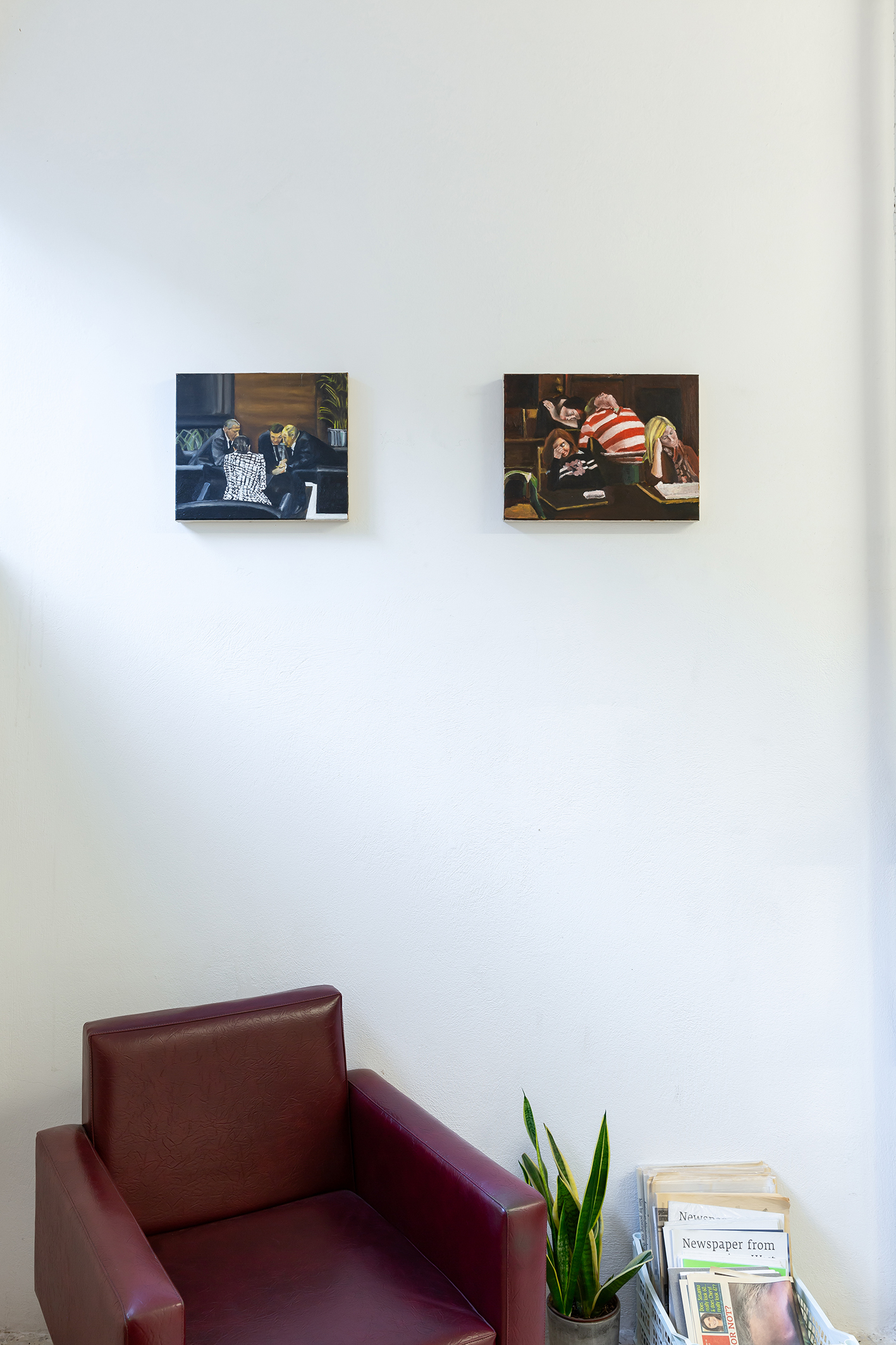
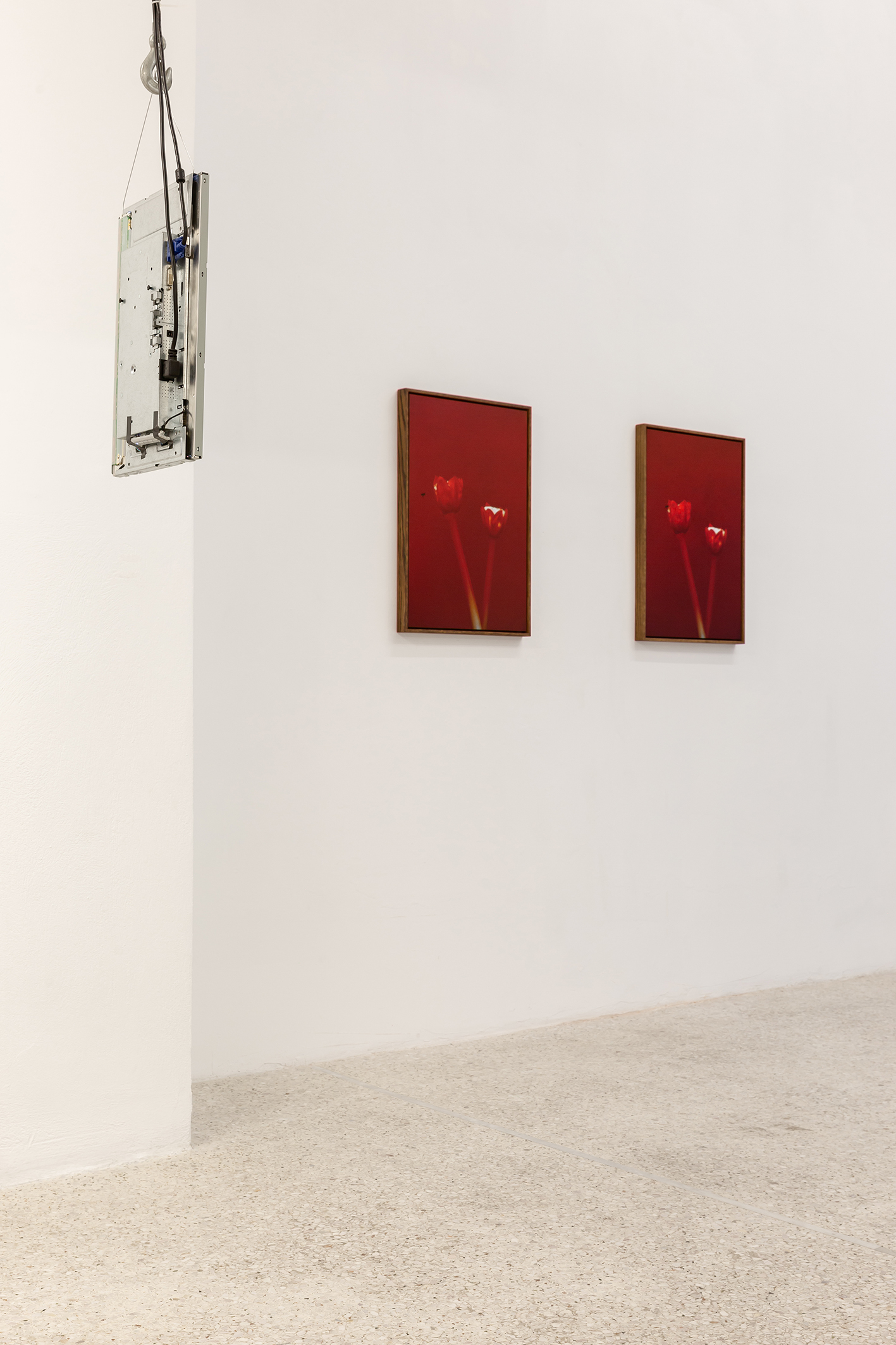
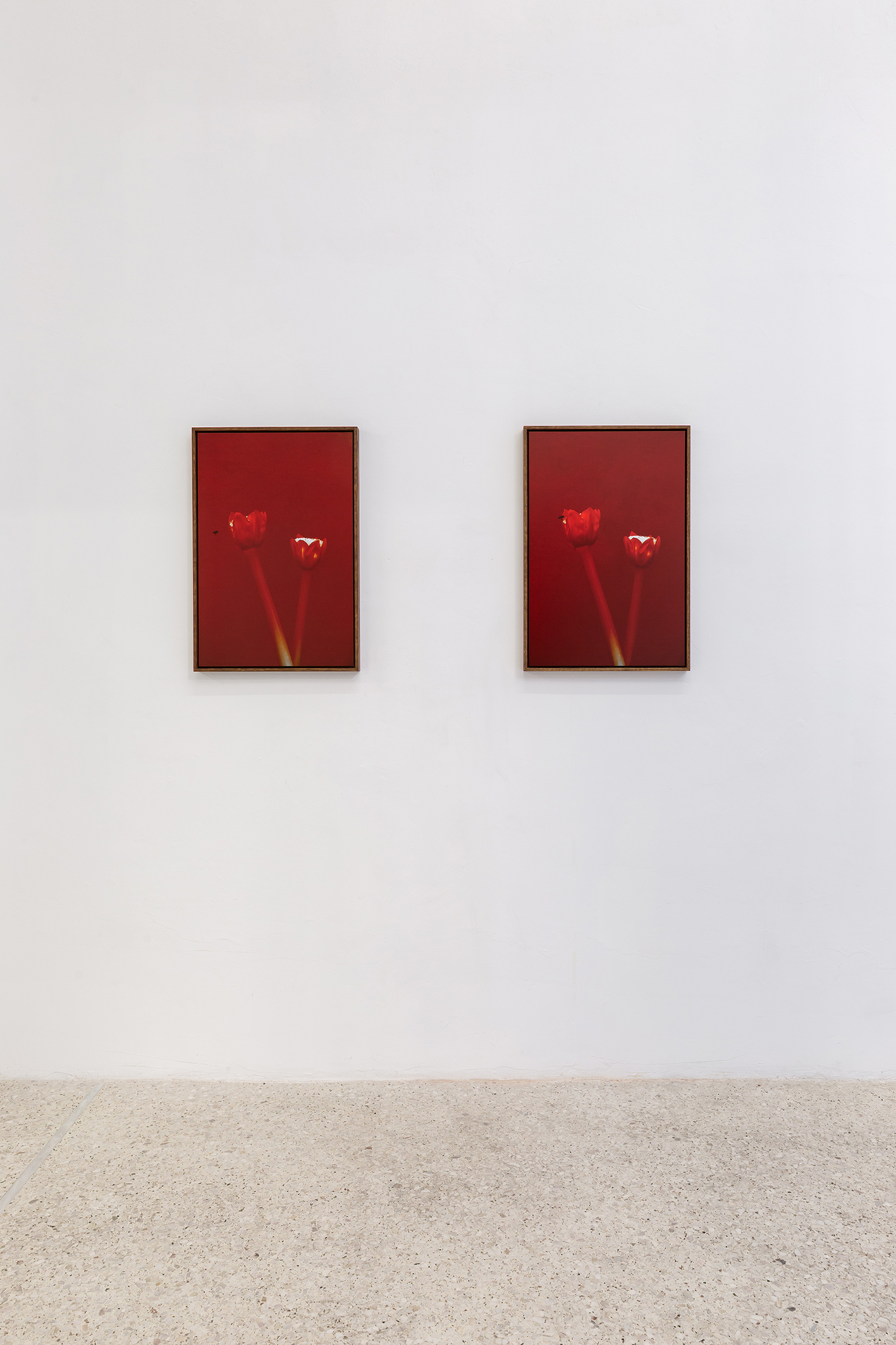
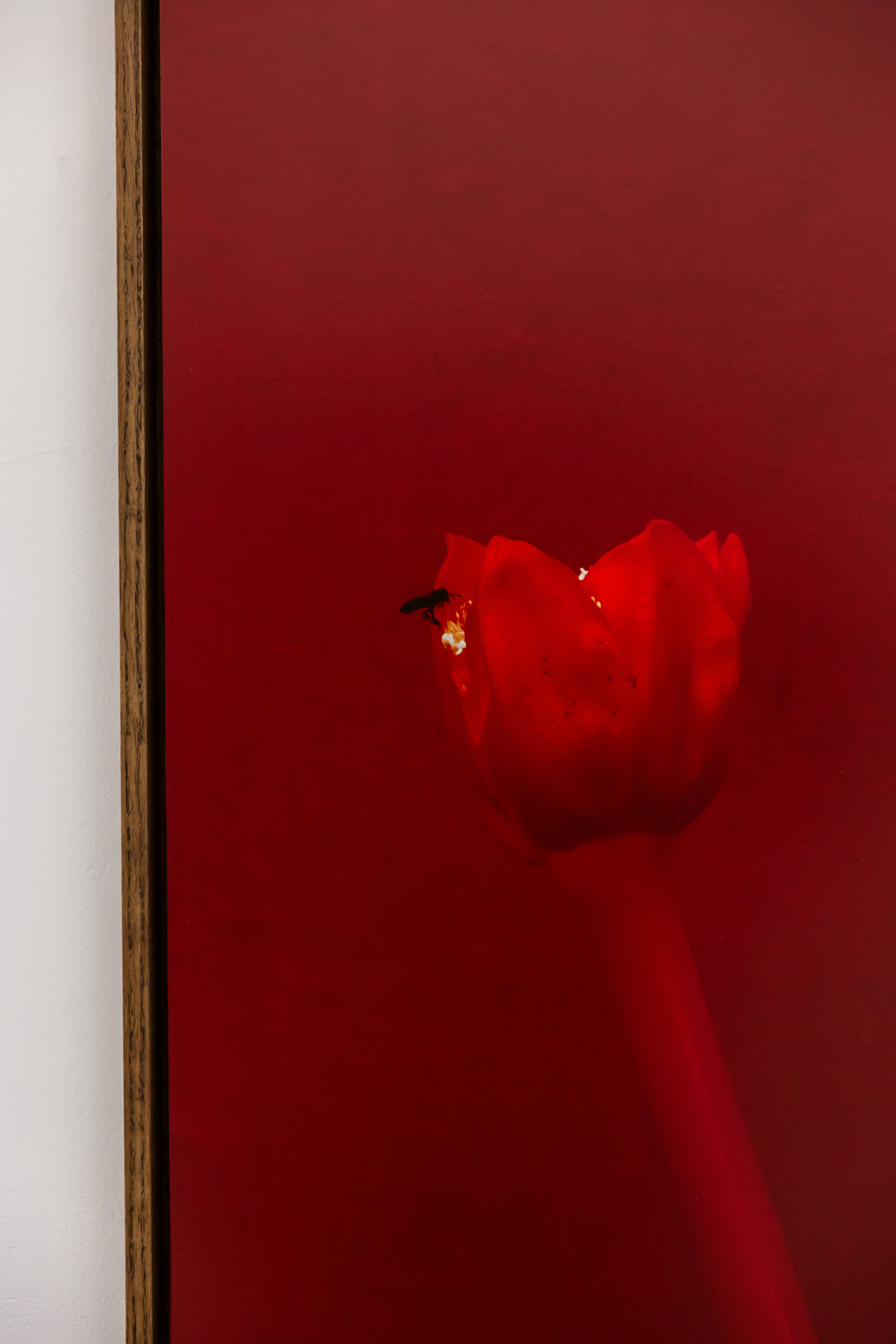
Fire is never still.
It devours and purifies,
It consumes and illuminates.
An act of violence and creation, the fever of revolution and the warmth of survival.
Fire is language—a crackling whisper of destruction, a beacon calling beyond. It leaves shadows where bodies once stood, scorches history into walls, and reduces memory to smoke. No fire without fuel. No smoke without fire.
In The Notion of Expenditure, Georges Bataille writes of energy—how the sun gives it freely, while living beings burn through it at a cost. A racehorse collapses after the finish line, its final burst of speed consuming the last reserves of life. The human equivalent is burnout, a slow combustion of the body. In Thunderstorm, quatre pieds au-dessus du sol, Victor Le Guennec freezes a galloping horse mid-stride, suspended in a moment of weightlessness before gravity reclaims it. A rhythm of movement and silence, a cadence of exhaustion.
Some fires burn slow—a planet fevered, forests turning to ash, bodies worn by systems that demand more than they give. A Slow Violence by Alexandra Rose Howland reveals fire as a force stretched over time. The erosion of land and labor, the toxic inheritance of industry, the creeping damage when governments abandon those on the margins. Fire doesn’t always announce itself in flames; sometimes, it lingers in the air, water, lungs.
But fire is also defiance. The glow of an uprising, the spark of a match struck in the dark. Exarheia Golden Shower by Kyveli Zoi is an act of remembering—a fire reigniting every December in Exarchia, fueled by anger, grief, a city selling itself piece by piece. Embers of resistance smolder beneath layers of gentrification and riot police.
Some fires are deliberate—ritual flames, sacred offerings, the quiet glow of a candle burning through the night. BURN: like ice, like fire, like tears by Natalia Manta, wax melts, bodies dissolve, boundaries blur. Fire transforms, softens, consumes. It is both passage and obliteration, echoing vanitas paintings where time itself is made visible in a flickering flame.
In Longevity Was Not a Priority in The Autonomous Region of Light, Irini Miga plays with fire’s reflections—coal once fueled industry, energy leaves traces in absence. Shadows on walls, afterimages in minds.
Some monuments to fire are unintentional. The walls of Hiroshima, etched with silhouettes of bodies caught in the blast. The lovers of Pompeii, preserved in ash. BRDG by Nikolas Ventourakis captures another kind of disappearance—the slow dismantling of history. In Los Angeles, a bridge is demolished, its ghost remaining in overexposed photographs, light burning into the film.
In the end, fire leaves us with remnants. Katarzyna Wojtczak’s Dirty Daddies’ Legacy is a work of purification, where soap—meant to cleanse—becomes a carrier of power, a residue of touch, an archive of excess. Purity, after all, is never neutral. To erase is to rewrite; to remove is to leave a different mark.
And yet, fire is breath. Zoi Pirini’s Breath captures this paradox—how destruction and survival intertwine. A hole in the mouth of a ceramic figure becomes the only point of release, the only way to endure. Fire takes away, but gives back. Heat reshapes, smoke signals, embers glow long after the flames die.
945°C. The temperature at which clay hardens, where transformation is set in stone. Yoshi Kametani’s work disintegrates as it comes into being—fire as process, a force that erases while it creates. Nothing lasts, all things are temporary, what remains is only ever a trace.
“They will be met with fire and fury like the world has never seen,” Donald Trump declared in 2017. But what is fire if not fury itself? The fever of history, the aftermath of empire, the ember that refuses to die.
Here, fire is held in cupped hands.
Here, fire refuses to be contained.
Panagiotis Kefalas reflects power in representation. His paintings examine how individuals are connected—or alienated—within political and social history. Figures are suspended within political gestures, visible through power—a force as invisible as it is material. His images document melancholy and isolation, revealing the subtle forms of exclusion that move through networks of spaces and screens. In this space, fire is a metaphor for the eruption of power—global leaders meet in flames of rhetoric, leaving only the shadow of destruction.
Mark Geffriaud’s two tiny plexiglass plates carry delicate, elusive light. As the light shifts, colors and fragments of hidden images are revealed, only to disappear as quickly as they come. A quiet fire, imperceptible yet ever-present. Each subtle shift in perspective becomes a revelation. A play of light—fire’s trace—but in the absence of flame.
In the end, fire is both destruction and birth. It leaves marks and memories, traces and scars. It is a force that shapes, but never settles, always burning in the distance, a reminder of what once was and what still is. A flicker in the dark, waiting to ignite once more.
Florent Frizet and Sylvia Sachini
